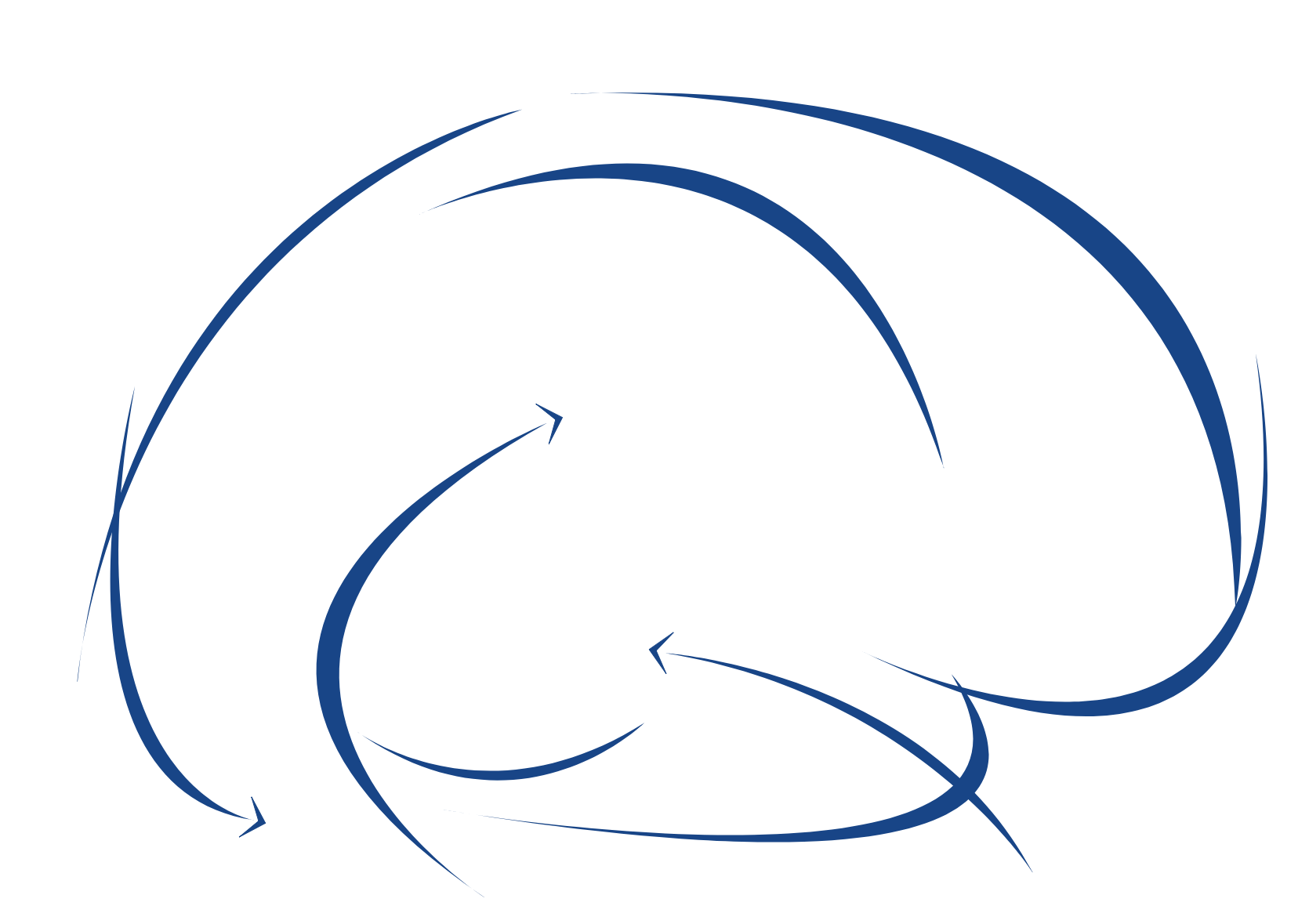Title: GABAergic neurons are major contributors of inhibition in the immature hippocampus in-vivo
Dr. Pierre-Pascal Lenck Santini - INSERM, Institut de neurobiologie de la méditerranée INMED
Aix-Marseille Université
INS - Faculté de Médecine, 27, Boulevard Jean Moulin
Marseille, 13005, FranceAmphithéâtre 7
During development, neural network maturation is activity dependent. During the neonatal period, activity is provided by intermittent, spontaneous network activity patterns (SNAP) that occur independently of environment stimuli. Amongst the neurotransmitters that take part in neonatal development, the Gamma-amino-butyric acid (GABA) has drown particular attention: GABA antagonists block hippocampal SNAPs in-vitro and alterations of GABAergic function have dramatic impacts on network maturation. Based on these data, the traditional view is that the depolarizing action of GABA, a hallmark of immature networks in slice preparations, is at the core of developmental processes. However, in-vivo evidence for such depolarizing role is not clear, raising questions about the contribution of GABAergic neurons to in-vivo activity. To address this issue we developed an in-vivo approach combining optogenetics and single-unit electrophysiology in non-anesthetized mice. This allowed us to both identify and manipulate hippocampal GABAergic cells while examining their influence on hippocampal SNAP. We found that, even during the first post-natal days, the net action of GABA is inhibitory, but not excitatory. This inhibitory action of GABA drastically increases after the second post-natal week. Altogether, these results suggest that the role of GABAergic neurons during development is more complex than previously hypothesized. We will discuss these roles in normal and pathological conditions.
Zoom: https://univ-amu-fr.zoom.us/j/86932285282?pwd=bjRWQ3ozd0ZiNFJOS2ZWSGlzcDFNdz09
